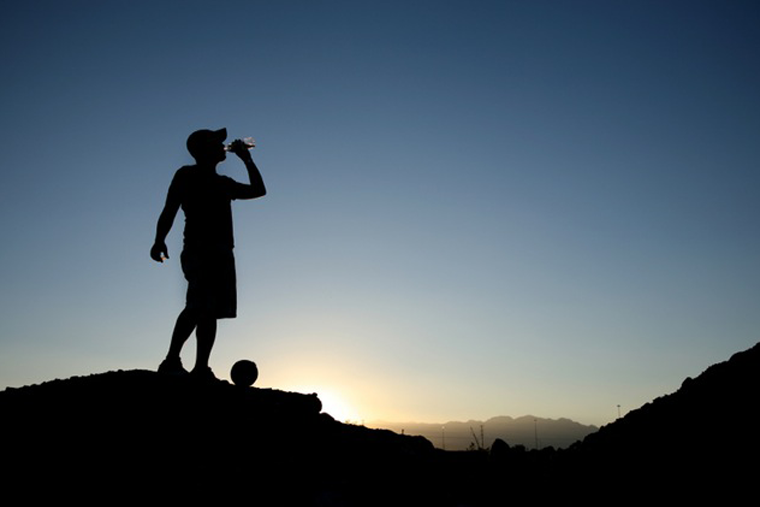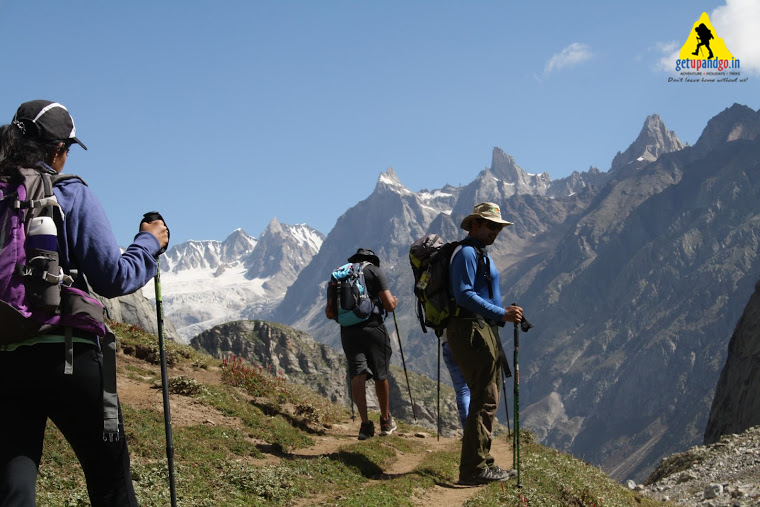With the increased interest in adventure sports and adventure tourism in the country, the once elusive pursuits of mountaineering, mountain biking, trekking, skiing and rappelling, along with rock climbing or plain Road -Safaris have caught the fantasy of the population; young and old alike.
But as exciting as they can be, high altitude adventure activities pose a multitude of challenges, among which acclimatization is the key challenge. When the human body encounters harsher environmental conditions, it tries to adjust itself slowly to the new environment, by undergoing a series of physiological changes over a period of time. This process, called acclimatization, prominently occurs when one moves to places of higher altitudes like the Himalayas. Technically speaking, altitudes above the sea level are categorized as follows:
- High Altitude: 1500 – 3500 m (5000 – 11500 ft)
- Very High Altitude: 3500 – 5500 m (11500 – 18000 ft)
- Extreme Altitude: above 5500 m(above 18000 ft)
The physiological changes occurring during acclimatization result in the outset of certain unpleasant symptoms, collectively known as ‘altitude sickness’. The reasons behind altitude sickness are as follows:
- As the altitude increases, there is a decrease in air pressure and the level of oxygen is rarified, which means air is subjected to less compression. Less compression means fewer air molecules, so the body tries to draw in more oxygen by increasing the breathing rate even when at rest. Therefore, it is normal to experience shortness of breath during physical activities.
- Initially, the heart rate and blood pressure increase, as the heart needs to pump blood at a faster rate, to meet the body’s oxygen requirements.
The symptoms of altitude sickness are:
- Dizziness
- Headaches
- Nausea
- Fatigue
- Lack of appetite
- Insomnia
The steps that need to be taken to counter altitude sickness are:
- Hydrate your body at all times
- Moderate physical activities
- Gradual acclimatization i.e. gain altitude at an easy pace gradually.
- Consuming potassium rich foods like bananas and dates.
- Intake of complex carbohydrates like whole grains to stabilize blood sugar levels.
- Low salt intake
- Reducing the consumption of caffeine and alcohol
- If the symptoms are unbearable, certain medicines might come in handy and it needs to be taken only as per medical advice.
Thus the above tips & safety measures allows one to befriend the ‘high altitudes’ So get geared & make that mountain trip that you have been longing to do since a long time.



